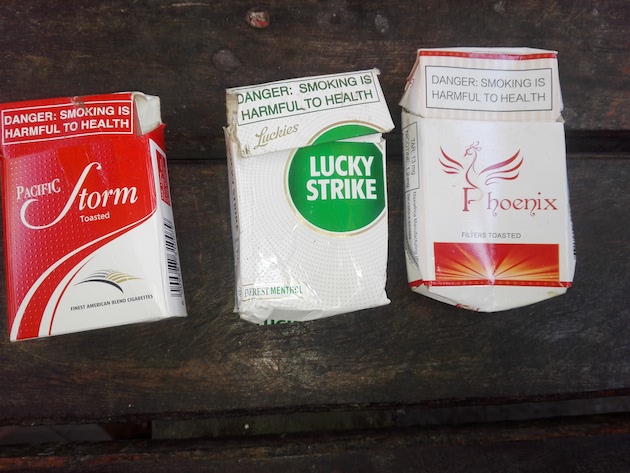‘The sea has taken everything’: How rising salt is destroying Italian coast | Environment
Along the rice fields of Porto Tolle in Veneto, the areas damaged by salt seeping into the soil are clearly visible. It has been caused by both direct irrigation with brackish water and by saltwater rising from the subsoil.
In the Po Delta, the problem is particularly bad because the fields are below sea level – a consequence of centuries of farming, which has slowly lowered the ground level by reclaiming terrain from the sea.
The salinisation of the soil here is having a catastrophic impact on agriculture.
“The limit on salinity for distributing water is one gramme per litre,” explains Rodolfo Laurenti, deputy director of the Consorzio Bonifica Delta del Po, the regional regulator that ensures the hydraulic safety of the Veneto area hit hard by the salt wedge.
The delta territory, being a reclaimed area below sea level is a large network of communicating channels of water within which the water must be continuously drained and moved along the canals to prevent any risk of the whole territory being flooded with water.
To manage this, the regulating body carries out hydraulic defence, irrigation and environmental protection works. It oversees the embankments protecting against flooding, the irrigation network systems, the delta lagoons and the outlets merging into the sea and the canals and facilities serving the fishing valleys.

“Even in Taglio di Po, a city 30km from the Adriatic Sea, last summer the [salination] value was 10 times higher,” Laurenti explains.
This poses a serious problem for the crops – rice, corn, soya, other cereals, fodder and fruit. In two years, the area of land which can be cultivated in the district of Polesine has reduced by more than 30 percent, according to a 2022 report from Coldiretti, an agricultural producers’ association.
Check out our Latest News and Follow us at Facebook
Original Source







